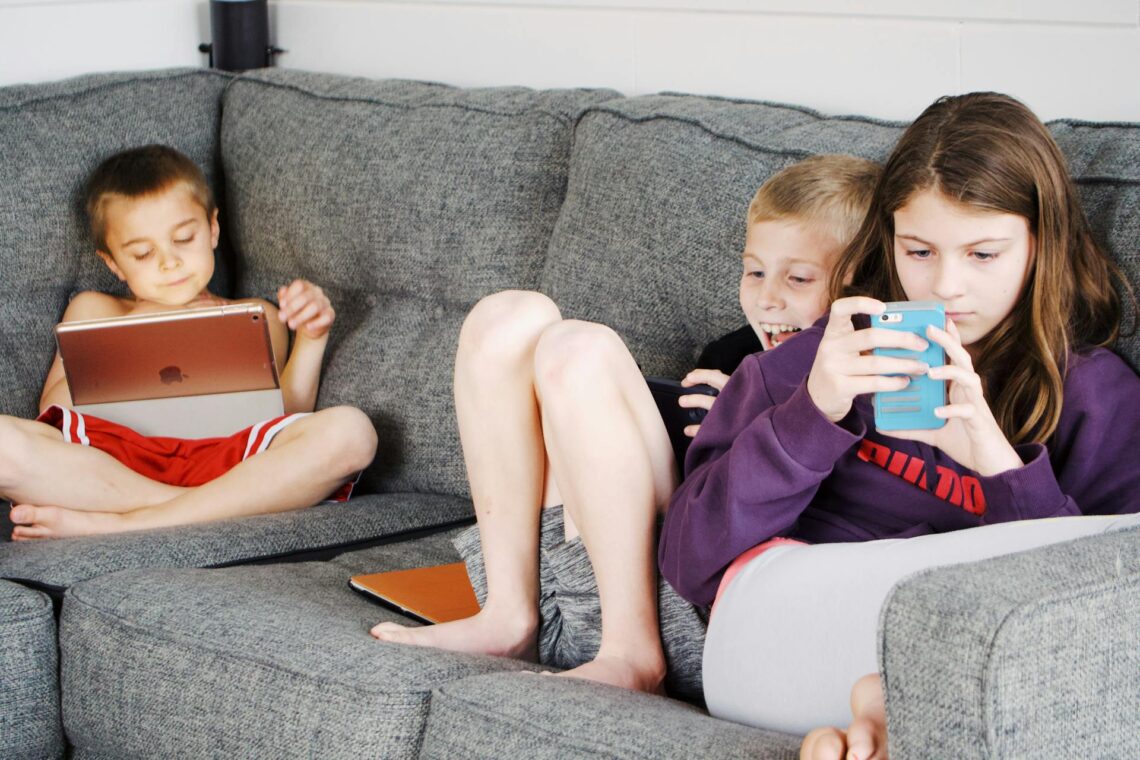For many parents, juggling kids’ screen time and household chores can feel like walking a tightrope. The digital age has brought countless benefits, but it’s also introduced the challenge of managing screen time without letting responsibilities slip. Balancing chore duties with TV, tablets, or gaming consoles often leads to nagging, arguments, and stress for the whole family. But is there a way to create harmony between fun screen moments and essential life skills? Yes, and it starts with establishing a clear, healthy balance between chores and screen time.
If you’re looking for simple tools to help encourage responsibility while limiting screen overuse, check out our free printable chore charts organized by age. These charts can set clear expectations and make chore time more manageable for kids and parents alike.
Why Chores and Screen Time Balance Matters
Research consistently highlights the importance of chores in building kids’ responsibility, independence, and life skills. According to a study published by the American Psychological Association, children who engage regularly in household chores develop better planning and executive functioning skills. At the same time, excessive screen use can negatively impact attention spans and disrupt routines, making chore completion even more difficult.
Developing a healthy balance between chores and screen time helps children learn time management and prioritize responsibilities, while still enjoying recreational screen use. It reduces conflict around electronics and reinforces habits that foster long-term independence.
Practical List: How to Balance Chores and Screen Time
- Set Clear Expectations with a Chore Chart. Use age-appropriate chore charts to clearly outline tasks and expected completion times. Visual tools give children a sense of achievement and structure. For guidance, see our detailed chores by age guide.
- Link Screen Time to Chore Completion. Encourage responsibility by making screen time a reward that kids earn after finishing chores. This teaches cause-and-effect and increases motivation.
- Break Chores into Small, Manageable Tasks. Big chores can feel overwhelming. Dividing tasks makes them approachable and keeps kids engaged without unnecessary resistance.
- Establish a Consistent Routine. Create daily or weekly routines where chores and screen time are scheduled. Predictability reduces arguments.
- Use Timers. Set timers for both chore periods and screen time to help kids understand boundaries and manage their own time.
- Encourage Family Chore Time. Working together not only teaches teamwork but also normalizes chores as part of daily life rather than a punishment.
- Be a Role Model. Show balanced habits with your own screen use and household responsibilities. Children learn a lot by observation.
- Allow Some Flexibility. Occasional extra screen time for good behavior or special occasions helps keep the balance positive and realistic rather than strict.
- Use Rewards Beyond Screen Time. Praise and other non-material rewards enhance intrinsic motivation and build a more positive connection with chores.
- Make Screen Time Interactive and Educational. When kids do have screen time, encourage content that supports learning or creativity instead of pure entertainment.
If you want a head start on organizing your kids’ chore schedule with easy-to-use charts, grab our free printable chore chart templates sorted by age here.
Tips and Common Mistakes When Balancing Chores and Screens
- Don’t Use Screen Time as the Only Motivator. Kids benefit most when they understand the value of responsibility itself, so pair rewards with teaching moments, as suggested in our guide on motivating kids without arguments.
- Avoid All-or-Nothing Thinking. Strict bans or unlimited screen use often backfire. A balanced, consistent approach works better.
- Be Patient with Progress. Developing independence takes time. Celebrate small victories and learning steps.
- Don’t Forget to Tailor to Your Child’s Age. Younger children need simpler tasks and clearer guidance. Older kids can manage more complex chores and time blocks. Browse our age-appropriate chores resource for ideas.
- Use Technology to Your Advantage. Interactive chore tools and apps, like Kikaroo, help streamline chore tracking and reward systems, decreasing the need for reminders.
Tracking Chores and Screen Time with the Kikaroo App
Technology doesn’t have to be the problem, it can be part of the solution. The Kikaroo app offers an intuitive way to track chores, reward responsibility, and balance screen use effectively. By using digital chore charts that kids find fun and engaging, parents can reduce nagging and help kids build independence.
With features like customizable chore lists, rewards that go beyond screen time, and progress tracking, Kikaroo supports families in creating healthy routines. Start turning chore time into a positive habit that makes screen time more earned and balanced.
Helpful Resources and Further Reading
- Explore our in-depth chores by age guide for developmentally appropriate responsibilities.
- Find practical tips to make chores easier and more enjoyable without the usual nagging.
- Learn more about teaching kids responsibility through everyday chores.
Conclusion
Finding the right chores and screen time: a healthy balance isn’t just about limiting devices, it’s about fostering responsibility, independence, and good time management skills that will benefit your kids for life. With clear expectations, consistent routines, and the right tools like printable chore charts or the Kikaroo app, chore time can be a positive and even fun part of your family’s day. By integrating screens thoughtfully rather than as a bargaining chip, you set your children up for greater success and cooperation.
Ready to transform your family routine? Download our free printable chore charts and explore the Kikaroo app today for a smoother, happier chore and screen balance.

 Home
Home Features
Features Testimonials
Testimonials Downloads
Downloads FAQ
FAQ Blog
Blog








